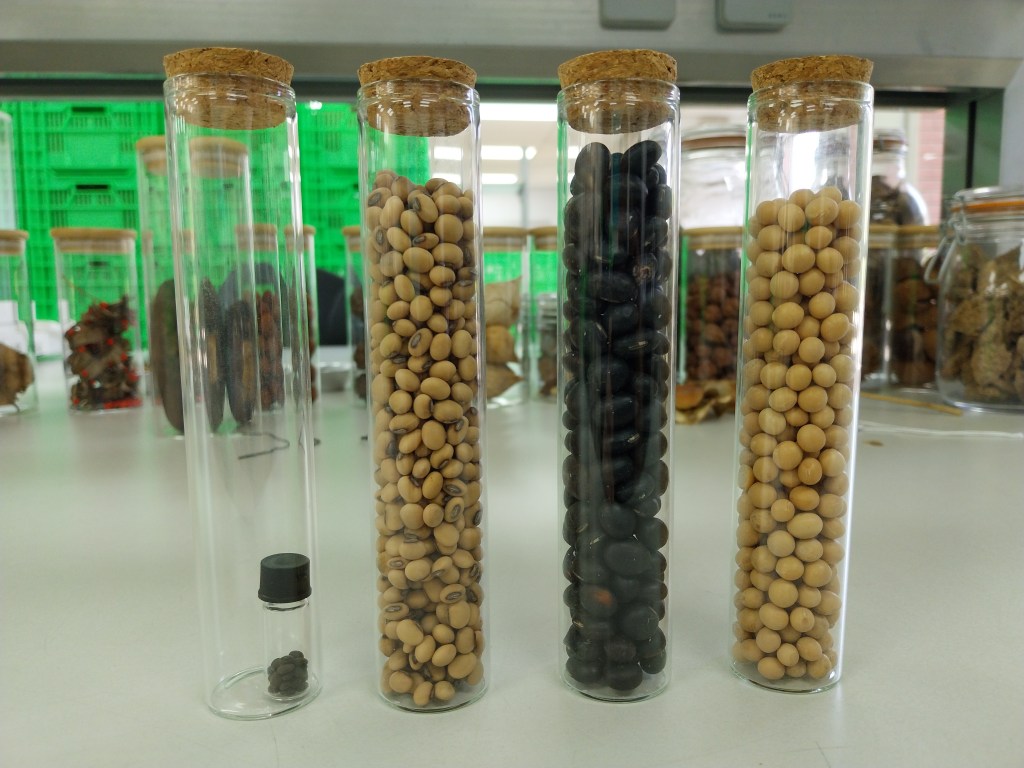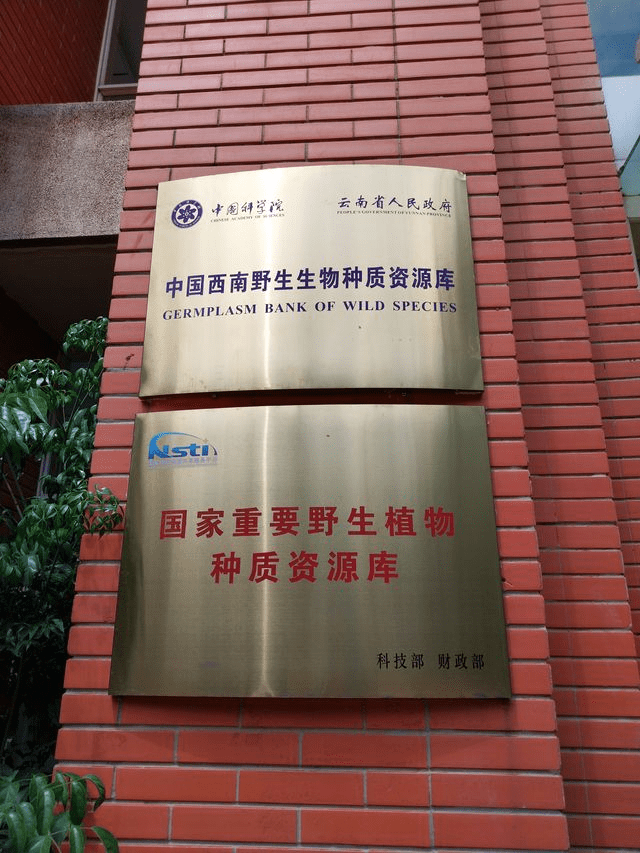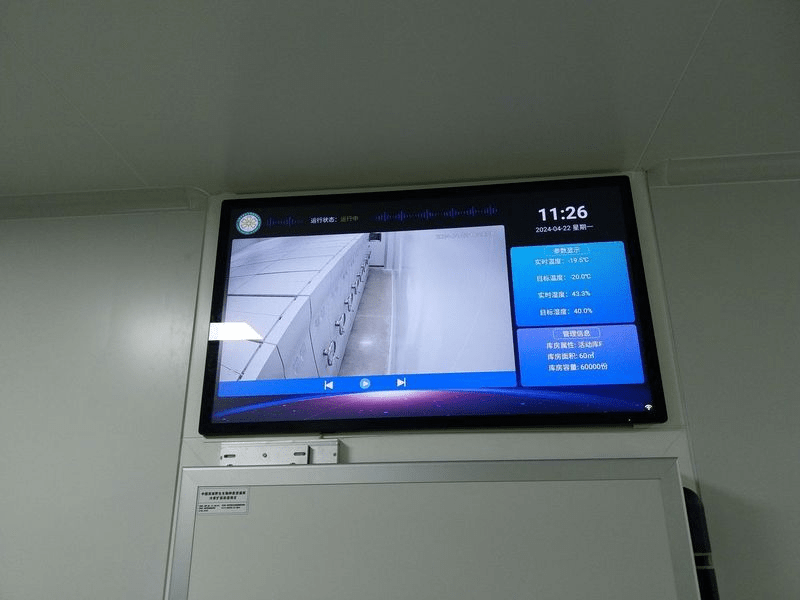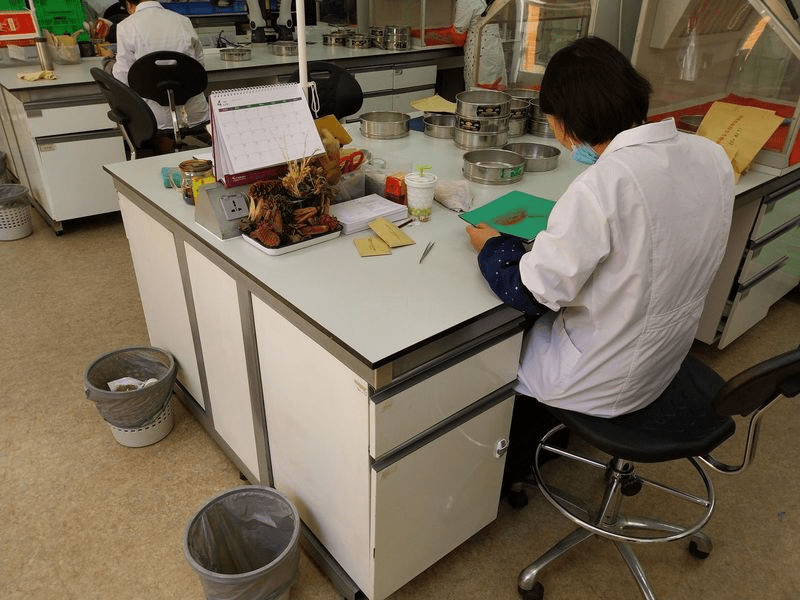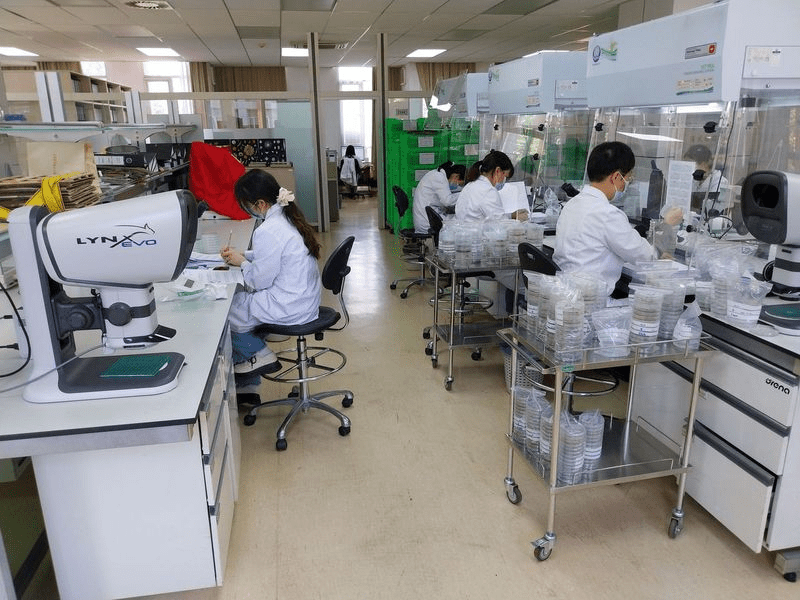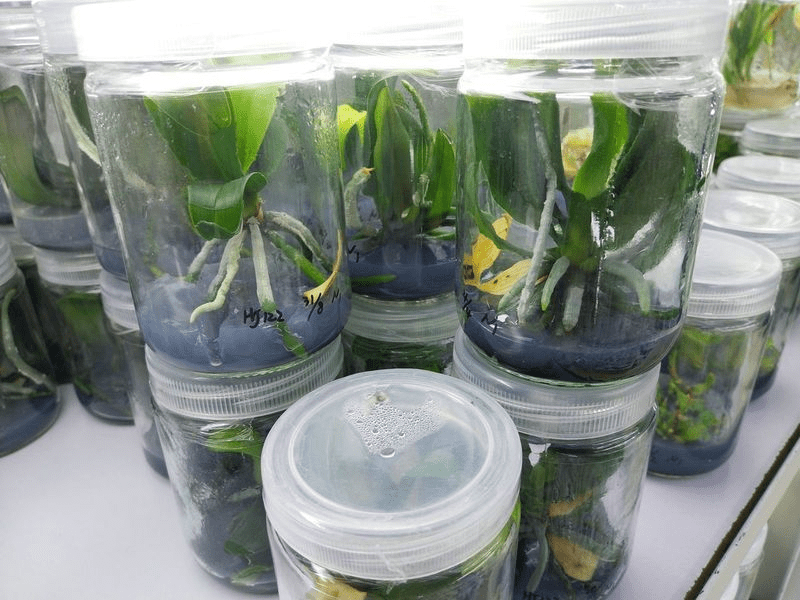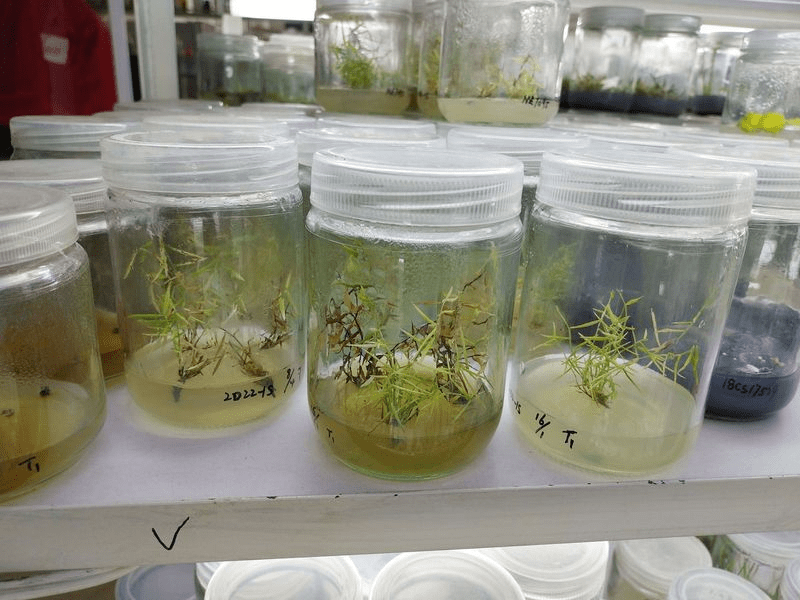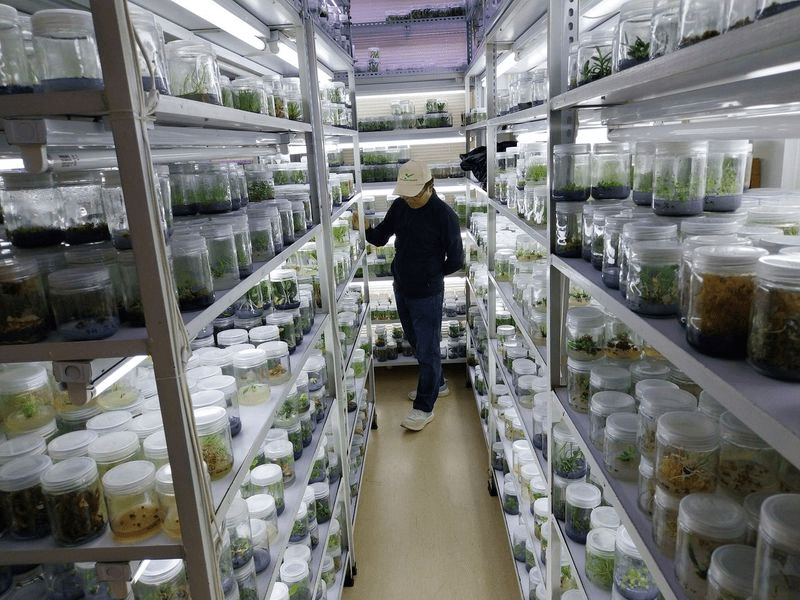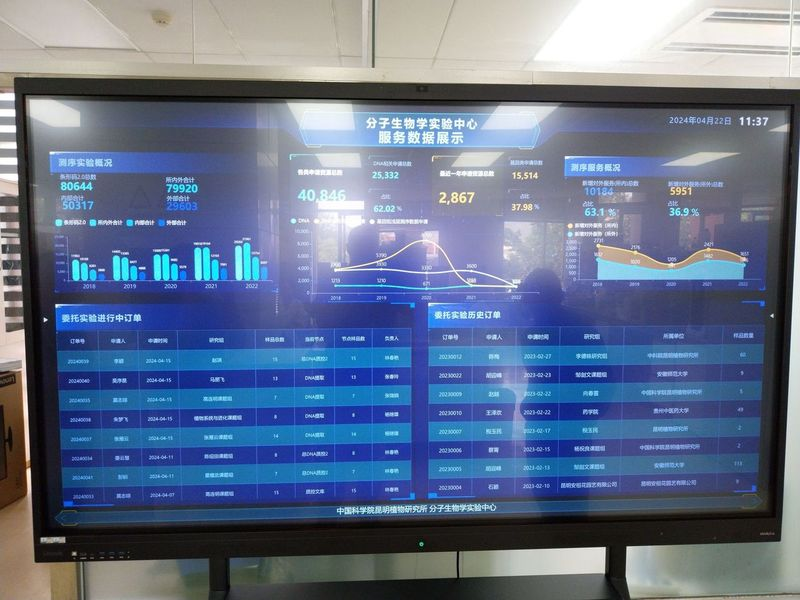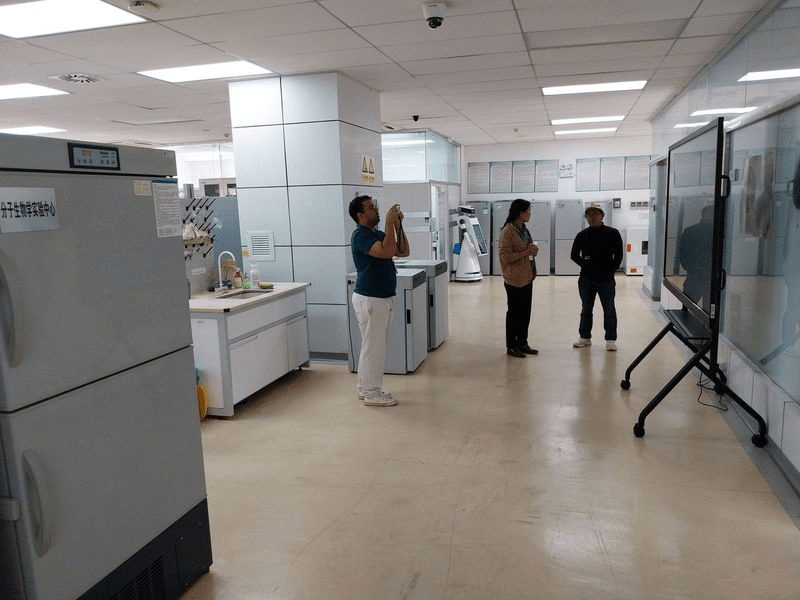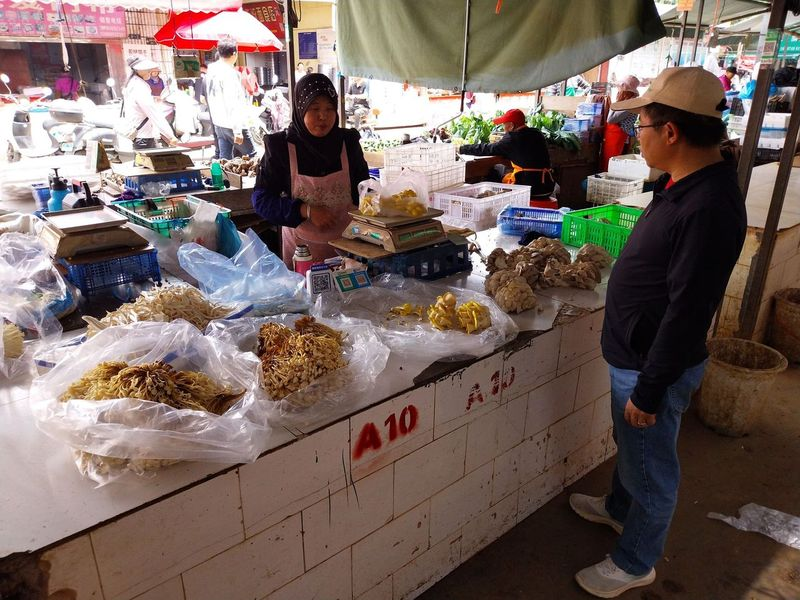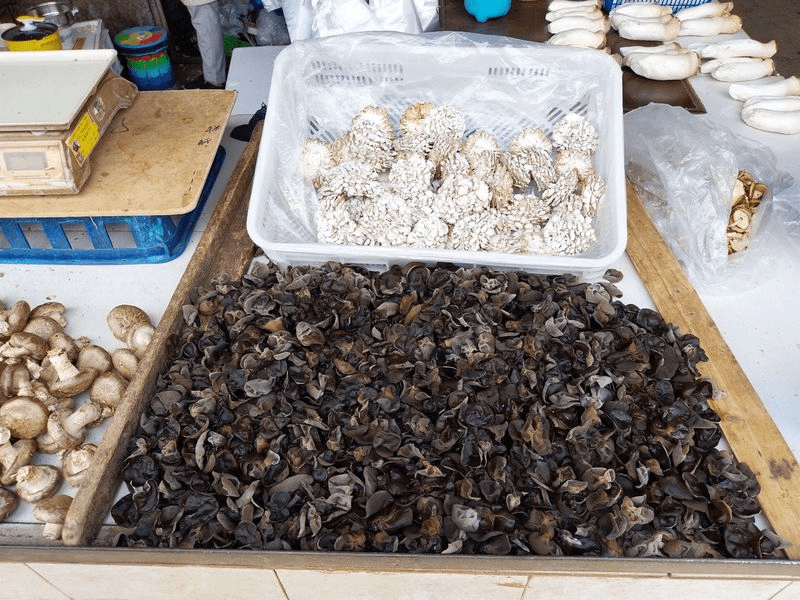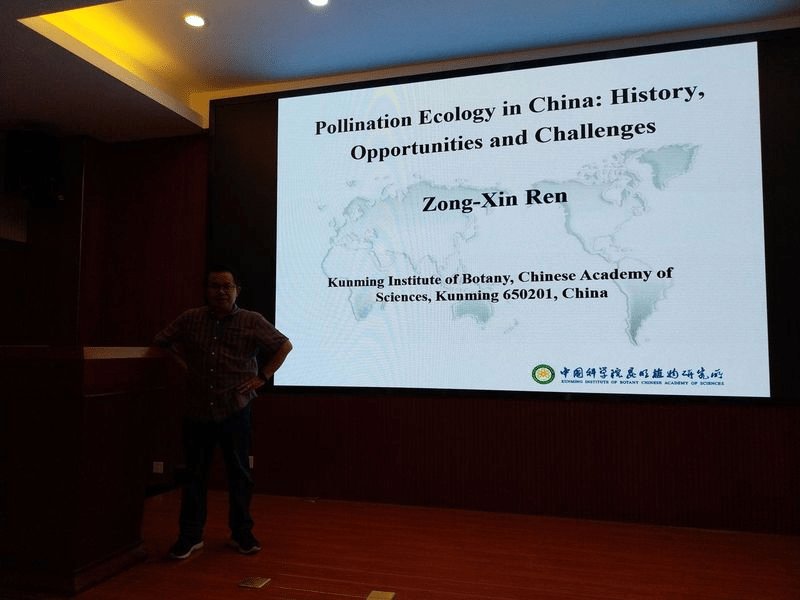
The UK media has fueled something of a moral panic over the last couple of years, in relation to the Yellow-legged Hornet (Vespa velutina) which has become established as an invasive species in Europe. It also looks likely to become established in Britain and Ireland, where beekeepers have claimed that it poses “a severe threat to pollinators“. The only study that I know of that’s tested this idea in Britain – by Thomas O’Shea-Wheller, Juliet Osborne, et al. – suggests that the impact on bumblebees, at least, is not as great as feared.
In Asia, where the species originates, they’ve lived with this hornet for centuries and learned to exploit it. On a visit to a recent farmer’s market near Kunming we encountered a local man selling bottles of adult hornets steeped in alcohol, to be used as a liniment. It’s rubbed on arthritic joints and (apparently) soothes the pain.

The guy who was selling the bottles of embrocation had several hornet’s nests on display:

Later, on a trip to Lijiang I also spotted a hornet’s nest on a building, not the usual place you expect to see one:

The other use for hornets is as food – the larvae are apparently quite delicious and very nutritious. This is from a different market and is a different species:

Later on the Lijiang trip we visited a farm that was part of a Naxi (or Nakhi) community, one of the local ethnic minorities. They keep the indigenous honey bees (Apis cerana) in these small hives:

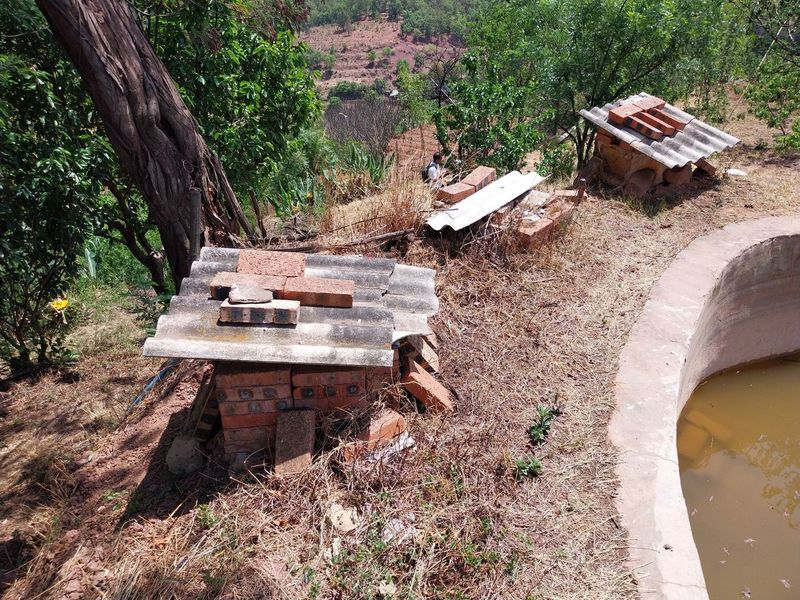
The honey bees pollinate an early-flowering local cherry variety that farmers grow in small orchards. The fruit is extremely small but also extraordinarily sweet:

These ones are past their best though still edible:
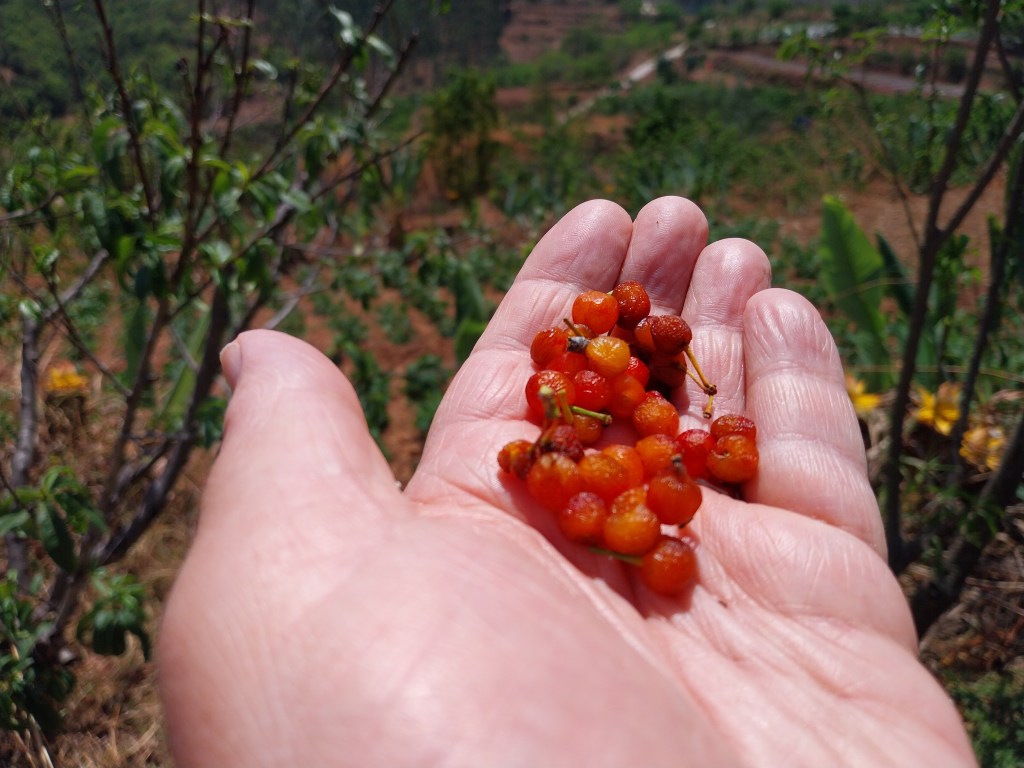
Much fresher cherries were being sold in farmer’s markets and at the roadside:
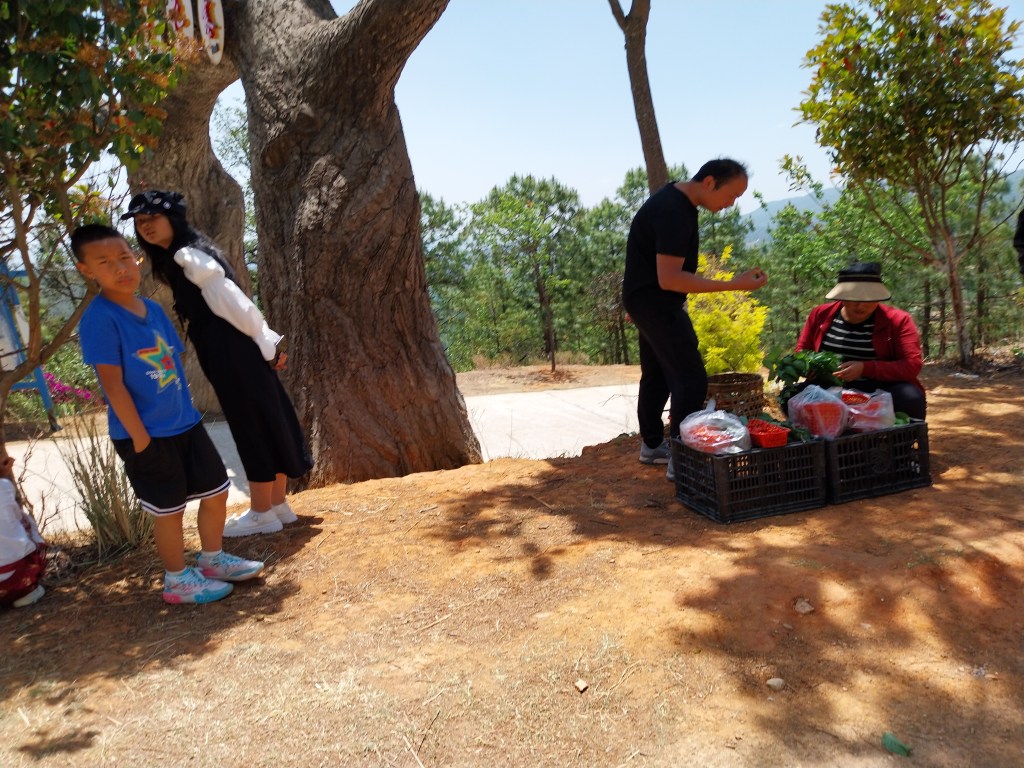
We’re still trying to work out what variety of cherry this is – possibly a landrace of the highly variable Chinese Cherry (Prunus pseudocerasus).
Of course, hornets can be pollinators too, though a study last year of the Yellow-legged Hornet in Spain showed that they negatively impact pollination of ivy in that region. These insects are definitely a cause for concern, though whether their impacts will be as great as some fear remains to be seen.

